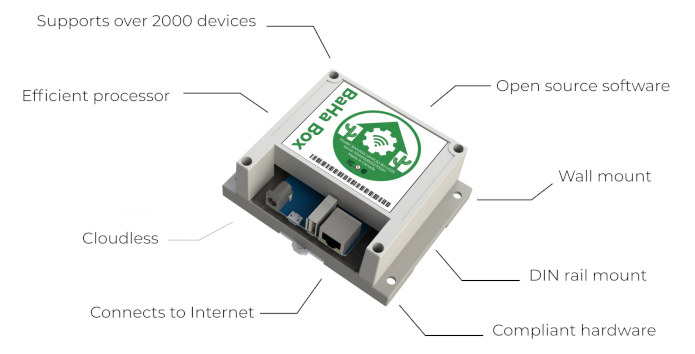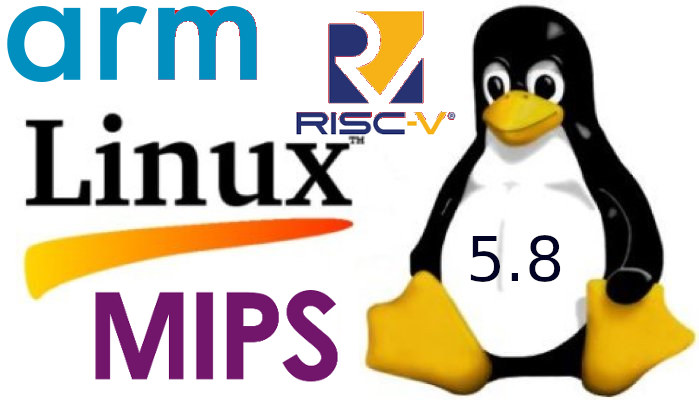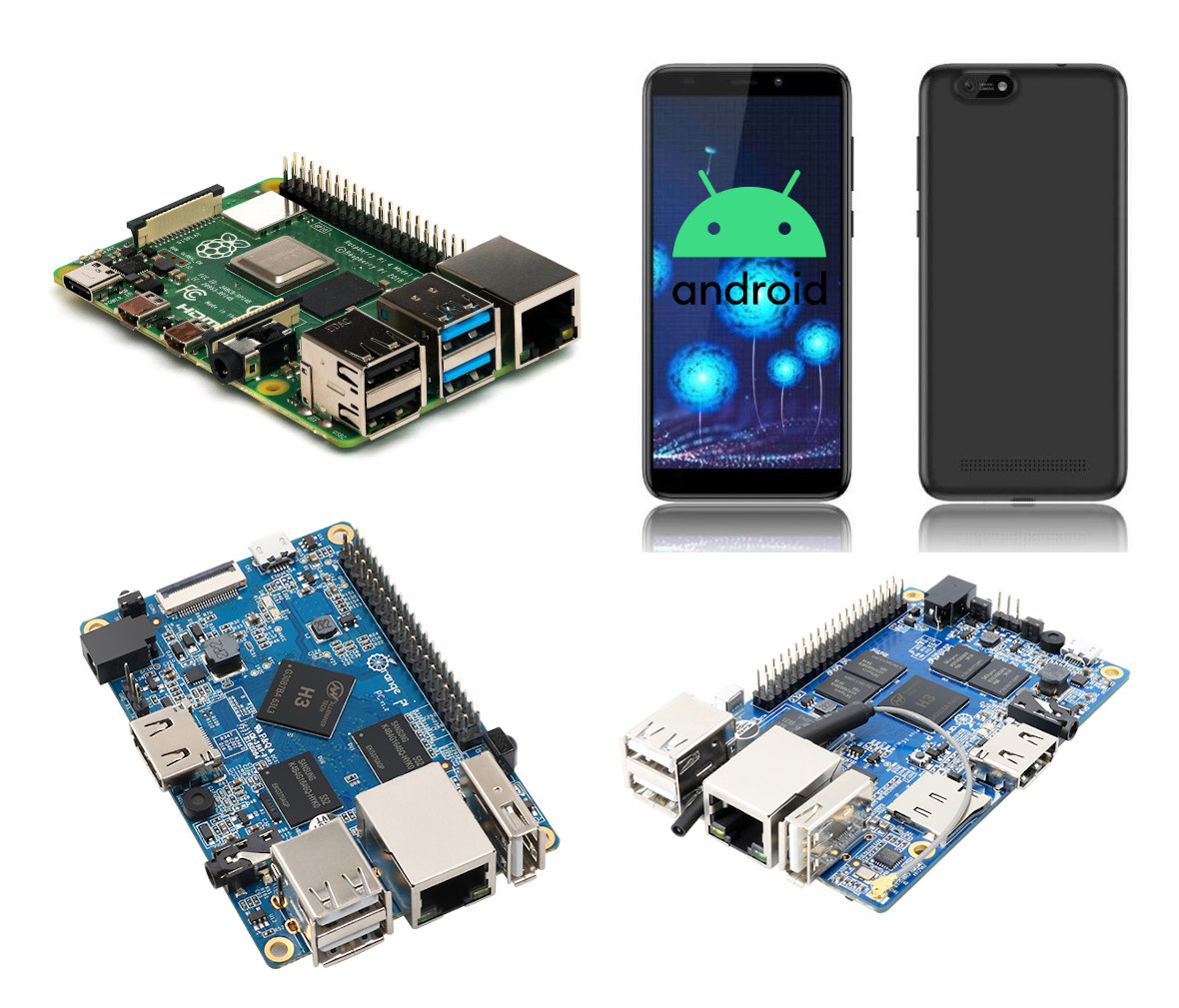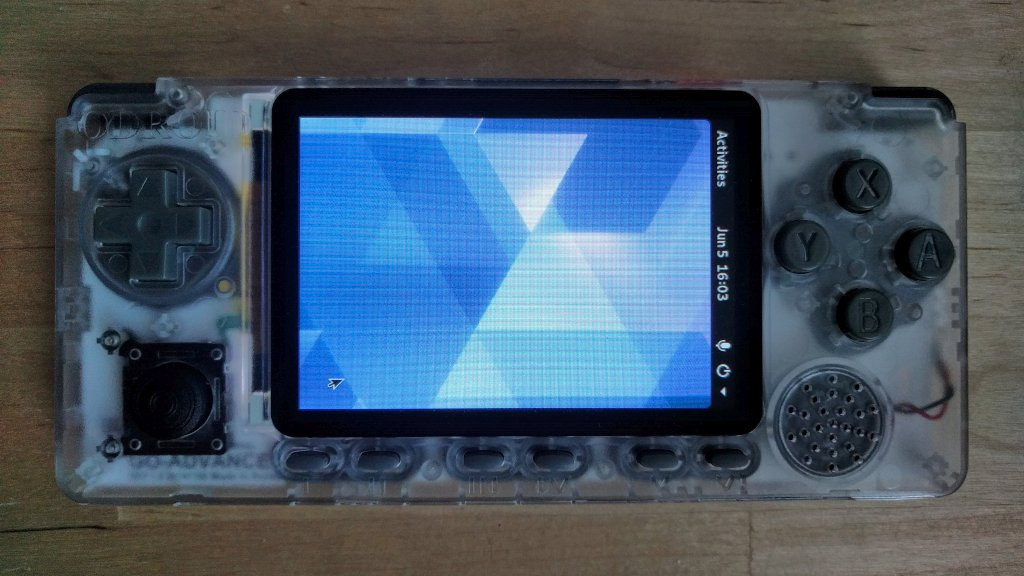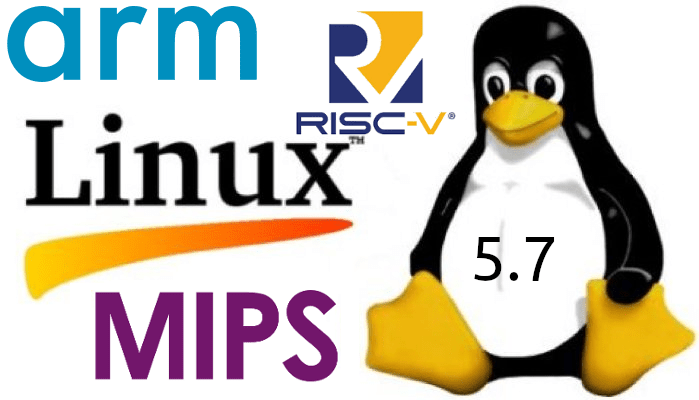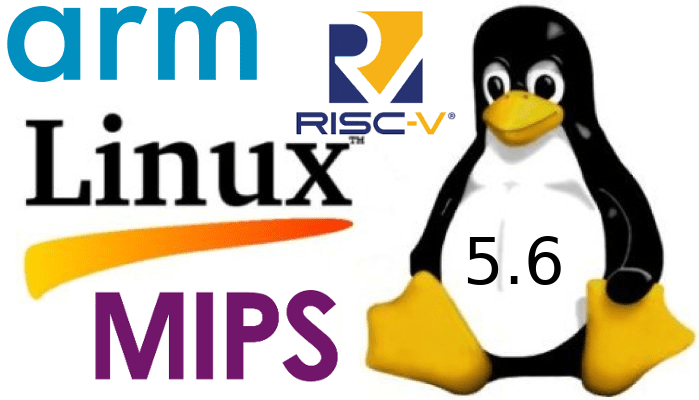Most devices on the market are designed with a single brand of processor, but for their BaHa Box smart automation hub, xPoint Products decided to offer either Allwinner H2+ or NXP i.MX 6ULL versions. Why is that? Easy: Allwinner H2+ processor provides a cheaper solution for the residential market, while NXP i.MX 6ULL wide temperature range makes it more suitable for commercial applications. Both versions of BaHa Box smart hub run Linux on 256MB RAM, and offers Ethernet, WiFi, and Bluetooth connectivity, with options for Zigbee and Z-Wave. The hub supports over 2,000 devices and can work either connected to the cloud, or “offline” without internet. BaHa Box specifications: SoC Residential-grade version – Allwinner H2+ quad-core Cortex-A7 processor Commerical-grade version – NXP i.MX 6ULL Cortex-A7 processor System Memory – 256MB DDR3 Storage MicroSD card slot Residential-grade version – 256KB flash Industrial-grade version – 256MB flash Connectivity 10/100M Ethernet, WiFi, and […]
Linux 5.8 Release – Main Changes, Arm, MIPS, and RISC-V Architectures
Linus Torvalds has just released Linux 5.8: So I considered making an rc8 all the way to the last minute, but decided it’s not just worth waiting another week when there aren’t any big looming worries around. Because despite the merge window having been very large, there really hasn’t been anything scary going on in the release candidates. Yeah, we had some annoying noise with header file dependencies this week, but that’s not a new annoyance, and it’s also not the kind of subtle bug that keeps me up at night worrying about it. It did reinforce how nice it would be if we had some kind of tooling support to break nasty header file dependencies automatically, but if wishes were horses.. Maybe some day we’ll have some kind of SAT-solver for symbol dependencies that can handle all our different architectures and configurations, but right now it’s just a manual […]
GloDroid Brings Android 10 OS to Raspberry Pi 4, Orange Pi SBC’s, PinePhone, and PineTab
The community of developers working on software for single board computers often prefer to focus on Linux support, as companies will often provide Android firmware images. But those Android OS images are often not maintained at all, so we’ve seen some projects like the past such as H3droid bringing a better Android OS to Allwinner H3 and H2+ boards and devices. The project is still using Android 4.4 KitKat and that’s getting old with some apps like the latest version of Kodi not working anymore. But a new project has just been brought to my attention with GloDroid leveraging AOSP to bring Android 10 to various Allwinner based boards and platforms, as well as Raspberry Pi 4B. List of supported Allwinner hardware: Allwinner H3 (32-bit) based – Orange Pi Plus 2 SBC, Orange Pi Plus 2E board, Orange Pi PC Allwinner H5 (64-bit) based – Orange Pi Prime, Orange Pi […]
GNOME Renders on Arm Mali-G31 Bifrost GPU with Fully Open Source Code
We first wrote about Panfrost open-source Arm Mali GPU driver getting initial support for Mali-G31 Bifrost GPU in late April, when engineers at Collabora managed to run some basic demos. Progress has been fast-paced as the company has now implemented support for all major features of OpenGL ES 2.0 and some features of OpenGL 2.1. That means hardware-based on Arm Mali-G31 GPU such as ODROID Go Advance (used for testing) can run Wayland compositors with zero-copy graphics, including GNOME 3, every scene in glmark2-es2 benchmarks, and some 3D games such as Neverball. All without any binary blobs. The company also claims to support hardware-accelerated video players mpv and Kodi. The way it should work is that while Panfrost driver renders the user interface, Amlogic open-source video decoder developed by BayLibre handles hardware video decoding. All changes are already included in upstream Mesa with no out-of-tree patches required, and Bifrost support […]
Linux 5.7 Released – Main Changes, Arm, MIPS and RISC-V Architectures
OK… I’m a bit late on that one. Linus Torvalds released Linux 5.7 last week: So we had a fairly calm last week, with nothing really screaming “let’s delay one more rc”. Knock wood – let’s hope we don’t have anything silly lurking this time, like the last-minute wifi regression we had in 5.6.. But embarrassing regressions last time notwithstanding, it all looks fine. And most of the discussion I’ve seen the last week or two has been about upcoming features, so the merge window is now open and I’ll start processing pull requests tomorrow as usual. But in the meantime, please give this a whirl. We’ve got a lot of changes in 5.7 as usual (all the stats look normal – but “normal” for us obviously pretty big and means “almost 14 thousand non-merge commits all over, from close to two thousand developers”), So the appended shortlog is only […]
X96Q Android 10 TV Box Shows Up with Allwinner H313 Quad-core Cortex-A53 Processor
It looks like Allwinner has come up with a new confusing processor. Allwinner H3 is a popular quad-core Cortex-A7 processor that’s been around for years, but the company has now launched an Allwinner H313 quad-core Cortex-A53 processor that’s found in some TV boxes running Android 10, namely X96Q with 1 to 2 GB RAM, and 8 to 16GB storage. X96Q TV box specifications: SoC – Allwinner H313 quad-core Arm Cortex-A53 processor @ 1.35 GHz with Arm Mali G31 MP2 GPU with support for OpenGL ES 3.2 and Vulkan System Memory – 1GB/2GB SDRAM Storage – 8GB/16GB eMMC flash, MicroSD card slot Video & Audio Output – HDMI 2.0a up to 4K @ 60 Hz, AV port for video composite + stereo audio Video Codecs VP9 Profile-2 up to 4K 30fps H.265 Main10 @ L5.1 up to 4K 60fps AVS2 JiZhun 10-bit Profile up to 4K 60fps H.264 BP/MP/HP @ L4.2 […]
Allwinner A-Series Processors 2020-2021 Roadmap – Allwinner A33E, A100 and A200 SoCs
We previously discussed Allwinner business units where each can share the same silicon (with different a name) but maintains its own software stacks for different target applications. Allwinner A-Series is the most well-known as Allwinner A10 & A20 were very popular SoC for tablets and TV boxes many years ago. CNX Software received two slides that originated from Allwinner this morning. The first one shows the different Allwinner processor families, and the second provides a roadmap for A-Series processors for tablets with A33E, A100, and A200 coming this year and next. Let’s go through the Allwinner processor families first and their main use case: R-Series and MR-Series – Smart home applications A-Series – Tablets VR-Series – Virtual reality H-Series and F-Series- High-performance applications like multimedia (TV boxes) T-Series- Automotive, I suppose mostly infotainment V-Series – Camera SoCs XR/XIN-Series – Wireless chips like the infamous XR819 WiFi chip. AXP – PMIC […]
Linux 5.6 Release – Main Changes, Arm, MIPS & RISC-V Architectures
Linus Torvalds has just announced the release of Linux 5.6 on the Linux Kernel Mailing List: So I’ll admit to vacillating between doing this 5.6 release and doing another -rc. This has a bit more changes than I’d like, but they are mostly from davem’s networking fixes pulls, and David feels comfy with them. And I looked over the diff, and none of it looks scary. It’s just slightly more than I’d have preferred at this stage – not doesn’t really seem worth delaying a release over. So about half the diff from the final week is network driver fixlets, and some minor core networking fixes. Another 20% is tooling – mostly bpf and netfilter selftests (but also some perf work). The rest is “misc” – mostly random drivers (gpio, rdma, input) and DTS files. With a smattering of fixes elsewhere (a couple of afs fixes, some vm fixes, etc). […]


